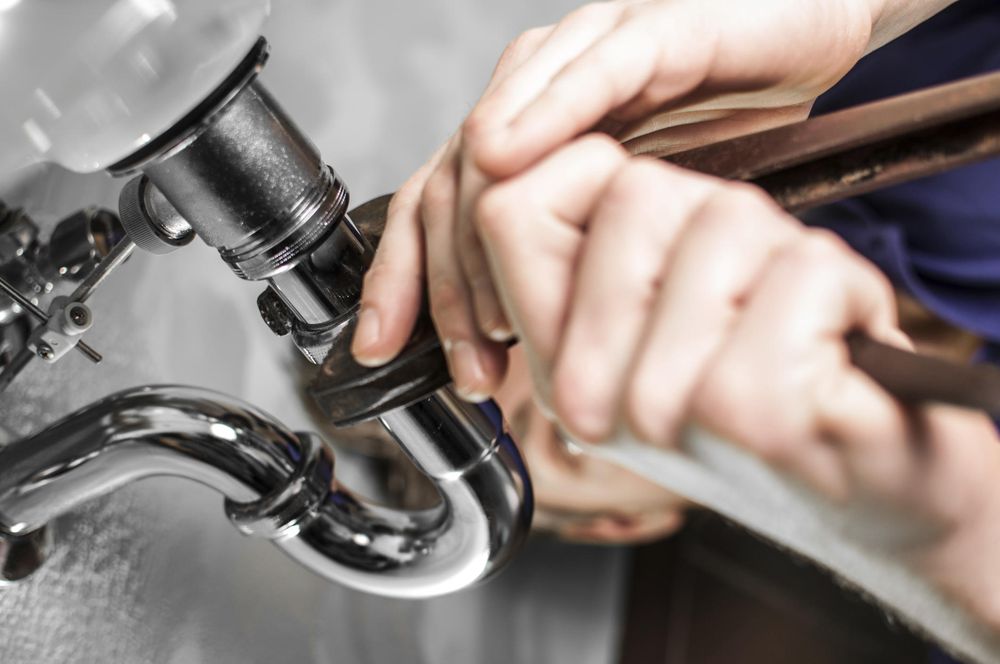Backflow is defined as when the water is flowing in the wrong direction. There are two main causes and it’s imperative that you have the situation rectified quickly. Backflow introduces dirty water o your plumbing system, increasing the risk of a bacterial infection within your home.
It’s a good idea to have the number of a reputable firm specializing in emergency plumbing Sydney, or wherever you live.
Symptoms of Backflow
The most obvious symptom is when your water outlets are showing dirty colored water. In severe cases, you may even find that the water tastes funny. Backflow in drainage systems is highlighted by the arrival of wastewater in your appliances. This is extremely hazardous as the water in your drains mixes with sewage, opening your home up to a variety of contaminants.

The Main Causes Of Backflow
The most common cause of backflow is backpressure. This is when water hits an obstacle and is forced to flow back in the direction it came.
There are several things that can cause the water to return on itself. One of the most common is a blockage in the pipes. This could be debris that shouldn’t be in them or it could be a buildup of minerals and heavy metals.
Obviously, the water can’t pass and needs to go somewhere, hence it backflows into your home.
The secondary cause of backflow is known as back-siphonage. This is where the pressure in the water supply is less than the pressure in the water system. Again, there are several reasons why this may happen but the most common is a drop in the supply water pressure and an increase in pressure in the waste system. This is often the result of air becoming trapped.

Dealing With Backflow
As mentioned, this is a serious concern and something you want dealt with quickly. If it’s a water pressure drop on the inlet side then it should rebalance once the water board has finished their work.
Equally, if the pressure has lifted in the waste side you’ll want to check the pipes. An inspection camera is an efficient way of doing this.
You’ll also want to consider preventative steps, ensuring that even if the pressure difference occurs, your tap water will stay clean and fresh.
The simplest solution is to fit either a hose bib backflow protector or a pressure type vacuum breaker. Both of these are designed for residential plumbing systems. The bib system fits to just one tap. It has a spring inside it that only allows the valve to be open when the water is flowing in one direction.
The pressure type vacuum breaker fits onto your main supply pipe. It monitors the water pressure and alerts you to any significant changes. It also has an electronic valve that closes as soon as it detects backpressure.
The alternative is to use an air gap. This is situated below the water outlet and above the top level of water in the appliance. In effect, the air gap will ensure that dirty water can’t be sucked into the mains supply.






